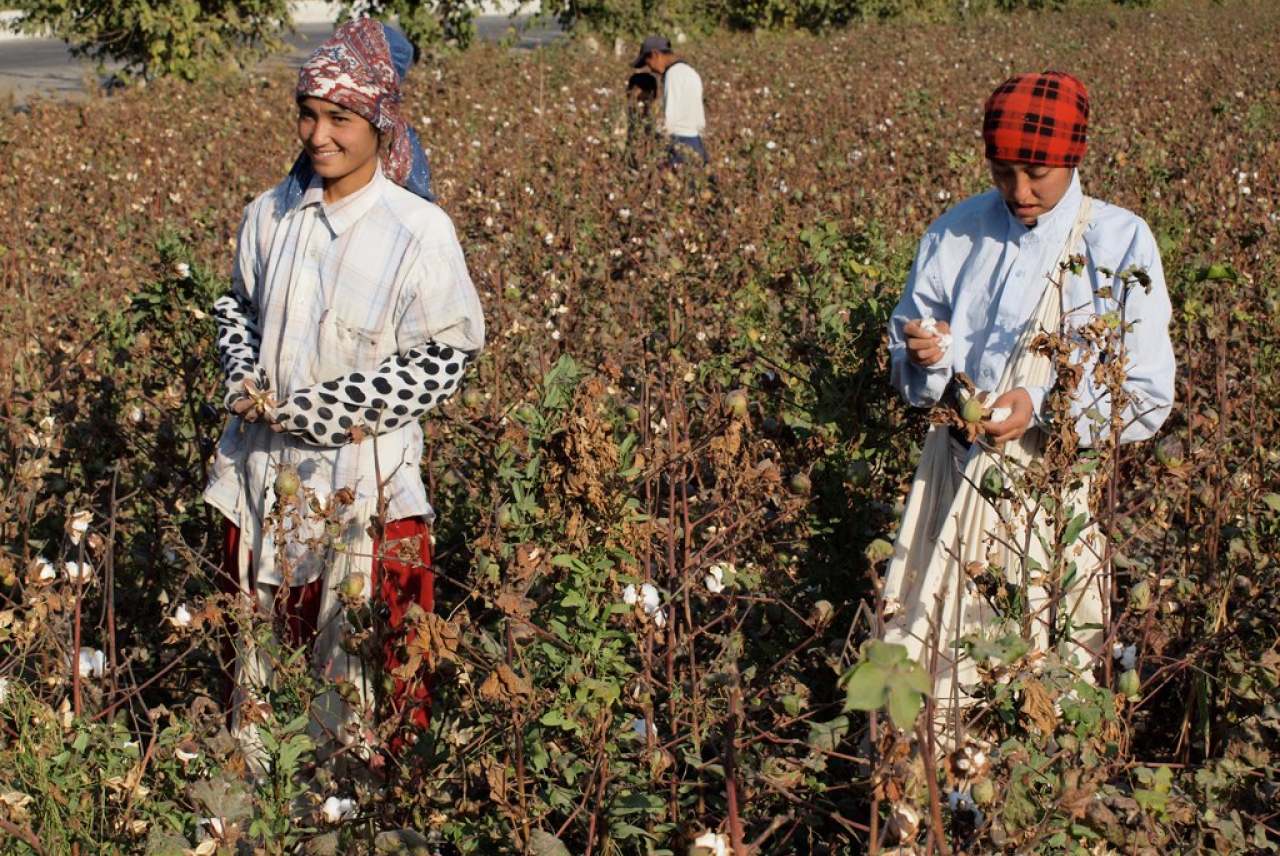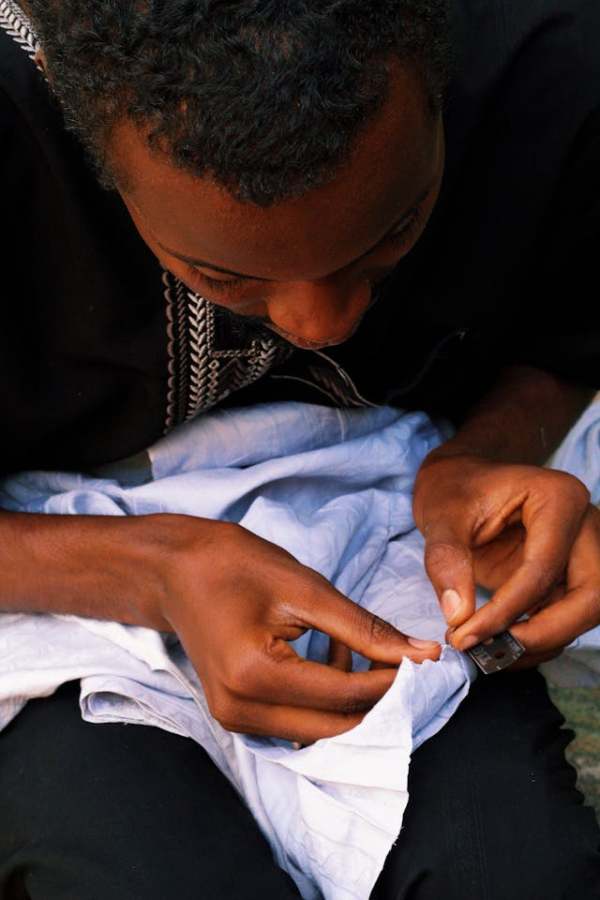How do we get there?
Five themes which we considered worthy of funding emerged from our discussions.
1. Local production
Respondents identified the need to shift to more local production and highlighted the factors that are preventing this. By local production people meant within the UK and also regionally, within smaller geographical areas than the UK as a whole.
Funding is needed to encourage and facilitate the production of materials such as flax, hemp and wool in the UK, using regenerative organic approaches. The main obstacle to local fibre production is the current lack of processing infrastructure – which includes both machines and knowledge. Funding is therefore needed to develop this.
2. Workers’ rights and a just transition
Workers’ rights in garment supply chains have been under scrutiny for many years but there has been little improvement.
As well as long-standing issues such as the right to a living wage and freedom of association, respondents discussed the impact of climate change on garment sector works. This included risks to health and safety caused by rising temperatures and floods and also the risk to worker livelihoods if consumption is reduced to meet climate goals.
All agreed that workers themselves need to be able to represent themselves and be present at discussions about a just transition. Core funding for workers’ rights organisations is therefore needed.
3. Legislation to curb corporate power
Many respondents commented on the overwhelming power of clothing brands and expressed the view that they will not change their behaviour unless required to do so by law.
There is now EU legislation requiring companies to identify and remedy human rights and environmental violations in their supply chains. However, funding is needed for policy and advocacy NGOs to ensure it’s implemented effectively in each EU country and to counter lobbying by brands who may seek to weaken its obligations.

